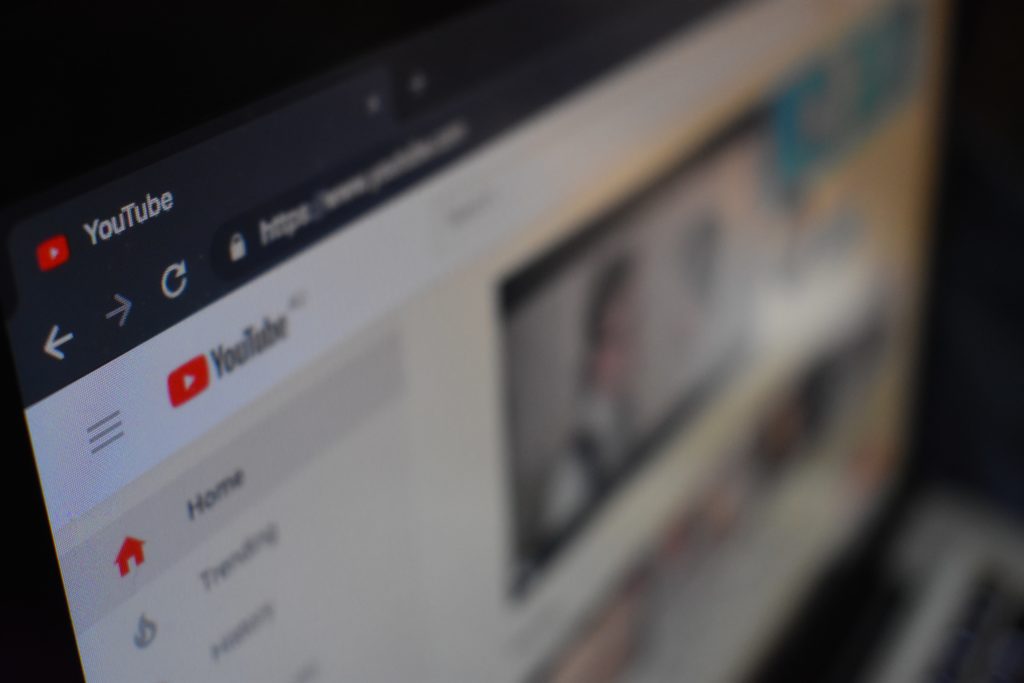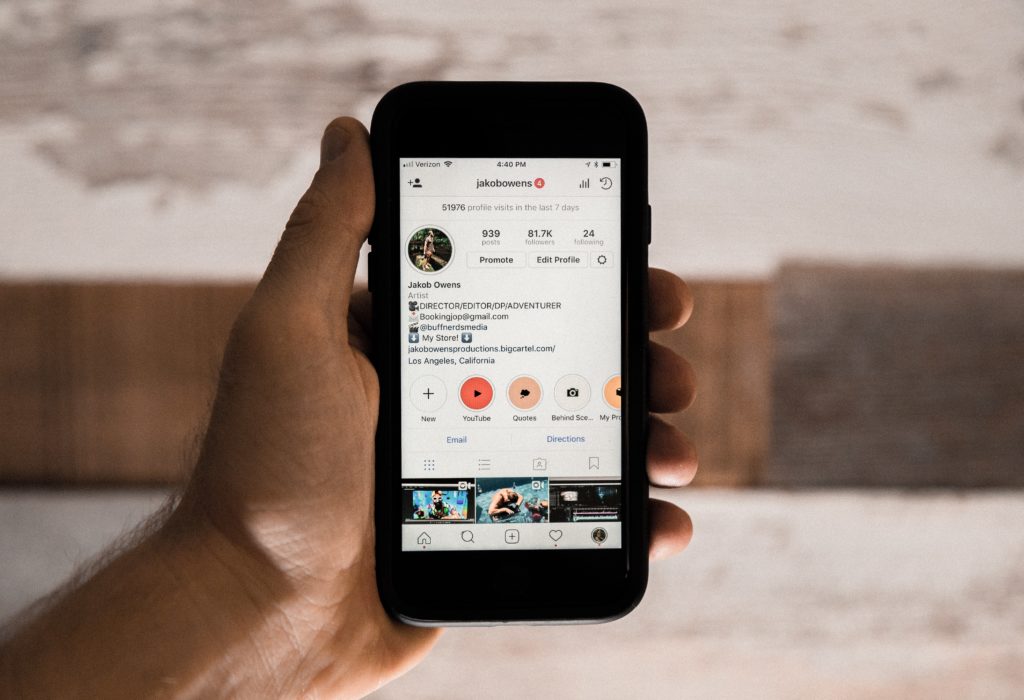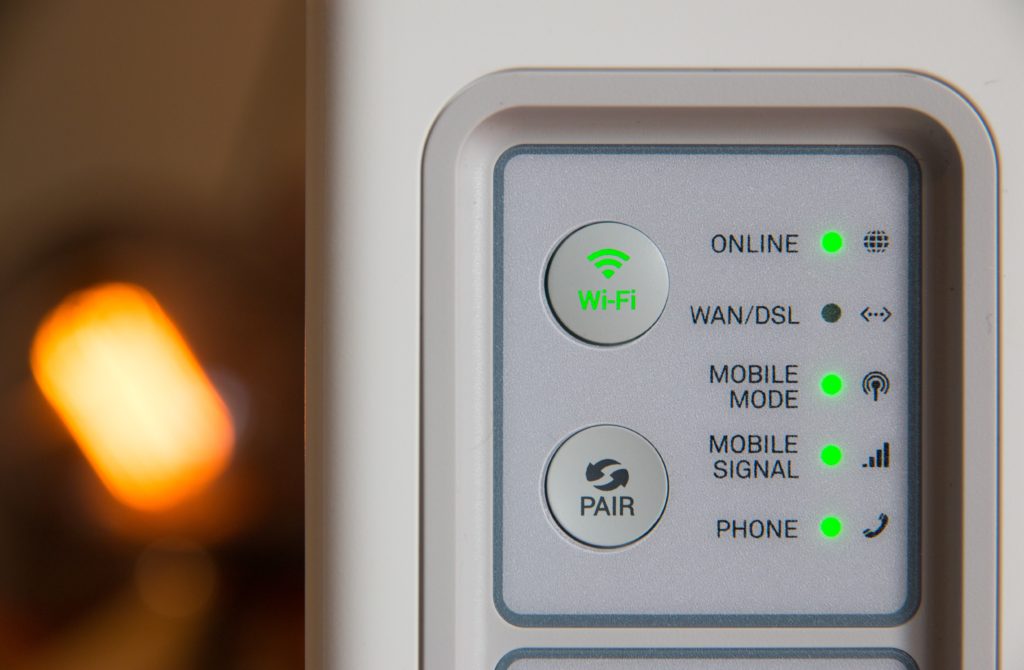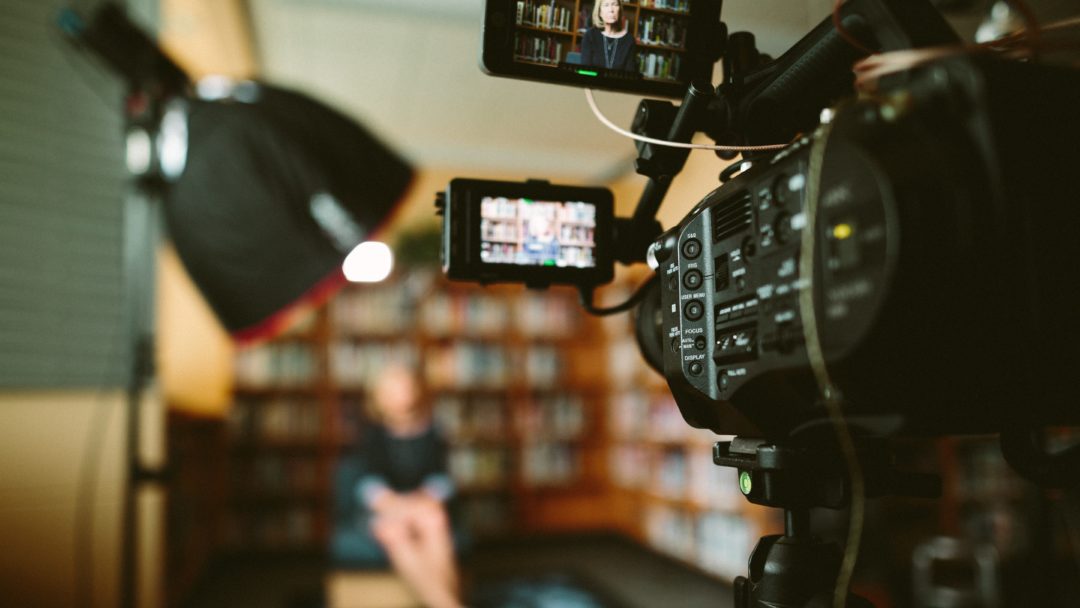The world of live streaming is increasingly huge, with options ranging from filming directly on a mobile phone or laptop, to incorporating encoders and advanced audio recorders to really ramp up the production. The platforms themselves are also numerous, each with their own pros and cons to weigh up.
Now, as many turn to streaming to directly engage with fans, we’ve pulled together some quick and simply tips on how to make the most of your online event.
Paid for or free of charge?
Define the purpose
First things first, it’s time to decide the purpose of the live stream. While many are utilising simple social platforms to offer stripped back performances to fans, some are taking the opportunity to raise funds to support venues, further develop careers, or donate to vital charities.
Host paid-for content
Platforms such as Universe will allow you to accept payment for your online event, and to contact fans with a private link (with optional password). YouTube can be your friend here too, as it allows you to set up a private stream available only to those with a unique link, but it does have some restrictions over viewing numbers.
Host a free event
Another, more straightforward option is to combine the two. Host a free access online event and encourage donations. Or simply broadcast to the world, for free, and get your message out there. You can still use platforms such as Universe to track interest and communicate directly with fans without putting the content behind a paywall.
Choose your streaming platform

The big five right now are Instagram, YouTube, Facebook, Twitch, and Twitter, but there are plenty more options available. Choosing the best one will ultimately come down to individual preferences.
Consider your audience
Keep in mind the size of your audience and where they are used to interacting with you. If you engage primarily with fans on Instagram, there’s little value in suddenly streaming on Facebook, and vice versa. Remember that most platforms will send a push notification to followers and/or subscribers, so going with your most popular social channel could be an easy win.
Decide on your format
That said, there may be other factors to take into account. Facebook Live, for example, doesn’t allow for simulcasting (broadcasting across multiple platforms at the same time), and Instagram is designed entirely for vertical video. Facebook and YouTube allow you to pre-schedule a live stream, and to include a holding image to make fans aware what is happening and when.
Not sure what to choose?
Depending on how you want the video to look and feel, and where you want people to see it, you may wish to think more broadly about the platform. For beginners, and those looking for an easy win, just go with the one you are most familiar with, and the ones that fans are used to seeing you on. There isn’t really a better start than that.
Pre-recorded or live?

Pre-recorded
Going live doesn’t have to be, well, live. Platforms such as Facebook and YouTube will also facilitate premieres as an alternative to live streams, boasting many of the same benefits as going live but without the risks. Fans can tell though, so try not to fake going live with a pre-recorded video. They’ll see straight through it.
Somewhere in-between
Uploading a pre-recorded video is remarkably simple, with all platforms providing a step by step guide through the process. That said, the beauty of going live is in the direct interaction with the fans, so even if you’re offering a pre-recorded video premiere, it’s worth making sure you’re there in person to chat to the fans in the comments as they watch.
Going live
Anecdotally however, fans prefer live videos to pre-recorded ones. Nothing quite beats the thrill of being there as it happens. If you can go live and aren’t battling unreliable internet speeds or other logistical issues, it’s highly recommended.
Select your equipment

Use your Smart Phone
The simplest streaming set-up, depending on what it is you are actually planning on showcasing, is a phone and a strong Wi-Fi connection. Facebook, Instagram, YouTube, Twitch and Twitter will all simply allow you to hit their equivalent of the “go live” button and, well, that’s it.
How big you want to go from here is totally your call. There are even businesses dedicated to helping you maximise the quality of your live stream.
Go top spec
From home, you can start to incorporate encoders, which allow you to film on professional video equipment and instantly transform it into webcast-ready footage. You can also use dedicated software to add titles, graphics and more. If you have the budget and the technical knowhow, there’s even the possibility to build a top-spec studio with multiple cameras.
Fans, however, are used to interacting through phones, and low-spec equipment can offer the same intimacy and thrill that top of the line production can too, especially from home. Just be sure to remember that audio is just as important as video, if not more so.
Sound counts

For any live performance – be it music, comedy, or spoken word – audio is key. It’s possible to forgive a low-quality camera and a slightly questionable angle, but if fans can’t hear you, it’s often game over. (Professional mimes discounted, of course.)
For top quality
There are many professional grade microphones you can plug directly into your phone, laptop or tablet for an instant boost in sound quality. If you’re using an encoder, you could also consider an audio mixer.
Check your settings
Whatever the set-up, remember to check the microphone settings in advance. Make sure it’s at a consistent level, it isn’t peaking, there’s no interference, and nothing is causing the audio to cut out.
Go back to basics
And even at the most basic level, a good quality smartphone or laptop will have a suitable microphone built in.
Choose a time and date

Not that you’ve decided on where and how, it’s time to focus on when. There’s no hard or fast rule here, as it will depend on your audience, but here are some things to bear in mind:
- If you have an international audience, take time zones into account. Find the sweet spot that works for all markets.
- Look at when fans are already engaging with your social platforms and treat them with a live stream during those moments.
- Make sure it’s at a time when you know you’ll have a strong internet connection.
- Keep it away from any other daily distractions you may have.
- Make sure you leave yourself enough time to let the world know it’s happening.
- Consider streaming at half past the hour to avoid conflicts with others, especially during the current climate.
Let people know it’s happening

It may be tempting to just go live at a moment’s notice and rely on the push notifications on any platform you choose to stream to. But as is ever the case, letting your fans know what is happening in advance can reap massive benefits.
Create assets to shout about the online event and push them out across all your social channels. And remember, you don’t only have to publicise it on the channel you are streaming to.
And here’s a key tip – let people know where the stream is going to happen, not just when. If you can include a direct link to a pre-scheduled live stream, do it. The easier you can make the journey for the fan to reach your stream, the bigger the audience you will have.
Get prepped

Check your internet connection
Streaming has evolved massively over the past two decades, but a strong, stable Wi-Fi or network connection is still vital.
Run a diagnostics test with enough time before the online event to fix any possible issues. A free online tool such as Speedtest can help determine if your connection is fast and reliable enough. If you are sharing a house with others, ask them kindly to step away from any devices using the same connection during your broadcast.
Do a test run
If you can, do a dry run. Set up a private stream and ask a colleague, friend or family member to log in. If you’re going to do this, do it with enough time to make any changes to the equipment, internet connection, or platform as required. Really, a rehearsal for a live stream is just as important as for a gig.
Think about the background
Remember it’s not just you in the frame come the live stream. The overall quality of an online event can be further improved with a moment to consider the setting. A little focus on interior design can make a big difference.
Time to go live

Once you’ve sorted all the above, it’s time to go live.
Don’t worry about appearing super professional here. Fans are used to seeing even the most famous people move the camera for a better angle, lean in to read comments, and take a moment during the performance to re-centre. What might feel somewhat awkward to you is likely to feel entirely natural to the audience. After all, the idea is to bring them into your world.
Most of all, engage with the fans. Take moments to read and respond to comments, take requests (where appropriate and possible), and embrace the opportunity to be up close and personal with the audience.
Finally, have fun. As ever in our industry, if you’re enjoying it, chances are the fans are too.
If you want to discuss how to sell tickets for your online event, contact our team.
Author: Ben Tipple, Content Production Manager at Ticketmaster







